Ötzi the Iceman, the frozen mummy found in the Alps in 1991, may be the world's most well-studied remains.
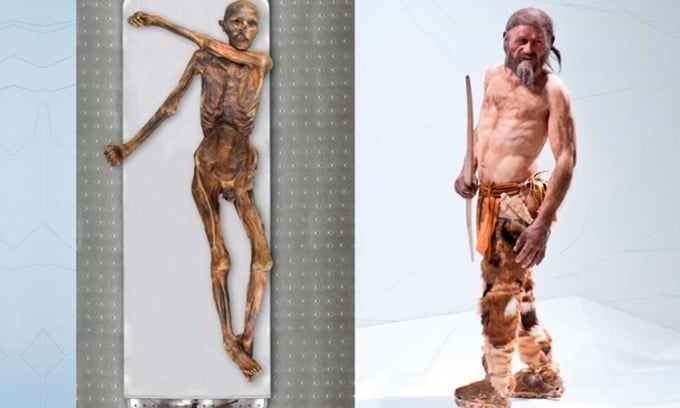
The mummy of Ötzi the Iceman and previous reconstruction. Photo: Ancient Origins
The mystery surrounding Ötzi’s violent death, his identity, and why he was on top of the mountain has attracted much attention. Thousands of people visit his frozen mummy at the South Tyrol Museum of Archaeology in Bolzano, Italy, every year. In a new study published on August 16 in the journal Cell Genomics, Albert Zink , director of the Institute for Mummy Studies at Eurac Research in Bolzano, and his colleagues analyzed ancient DNA taken from Ötzi’s pelvis, helping to reveal some of the secrets about the man who lived 5,300 years ago.
Genetic analysis revealed that the mummy, thousands of years old, had dark skin, dark eyes, and was likely bald. This contrasts with the reconstruction of Ötzi, which depicts the ancient man as pale, with a full head of hair and a beard. According to Zink, researchers previously thought his skin had darkened due to the mummification process. However, the mummy’s skin color appears to be quite close to the Iceman’s natural skin tone when he was alive.
This is not surprising, as many Europeans at the time had darker skin than today. Over time, their skin tone became lighter as an adaptation to climate change and the peasant diet. Peasants consumed much less vitamin D in their diets than hunter-gatherers. It seems the Iceman still ate a lot of meat, as the team found mountain goat and deer meat in his stomach.
While ancient DNA analysis suggests Ötzi was bald, researchers can’t be sure how bald he was in life. According to archaeologist Lars Holger Pilø, co-director of the Secrets of the Ice project in Norway, Ötzi may have been genetically bald, but his near-complete baldness likely occurred after his death. Skin hair often falls out during the time the body is in the ice as the epidermis decomposes.
The genome sequenced from DNA in Ötzi’s pelvis is more complete than the one reconstructed in 2012 thanks to technological advances. When the team compared the new genome to other ancient populations, they found that he had many similarities with farmers from Anatolia, in what is now Türkiye. Zink says the Iceman likely lived in a relatively isolated area with limited contact with other populations.
Nearly every part of Ötzi and his belongings has been analyzed. The contents of his stomach revealed his last meal and where it came from, weapon remains revealed he was right-handed, and the clothes on the mummy revealed what ancient people dressed like. Initially, researchers thought Ötzi died of cold, but X-rays in 2001 revealed an arrow in his shoulder that could have caused the fatal wound. He also had head injuries and defensive wounds on his right hand. Zink’s team hopes to learn more details, such as the composition of the Iceman’s microbiome.
An Khang (According to CNN )
Source link



![[Photo] Binh Trieu 1 Bridge has been completed, raised by 1.1m, and will open to traffic at the end of November.](https://vphoto.vietnam.vn/thumb/1200x675/vietnam/resource/IMAGE/2025/10/2/a6549e2a3b5848a1ba76a1ded6141fae)




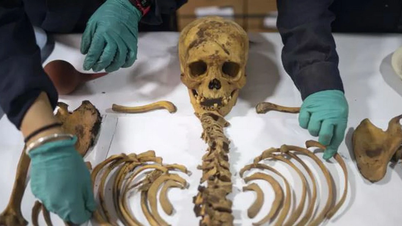

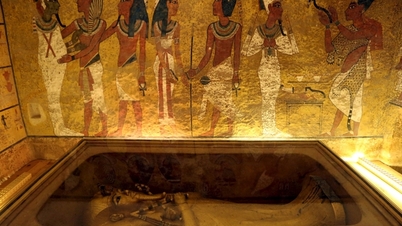

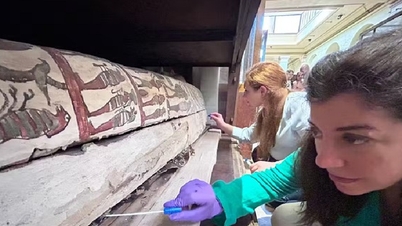
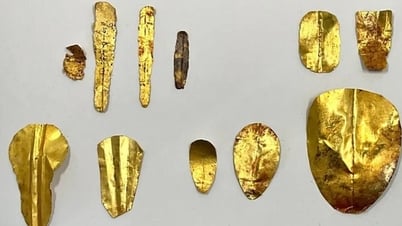
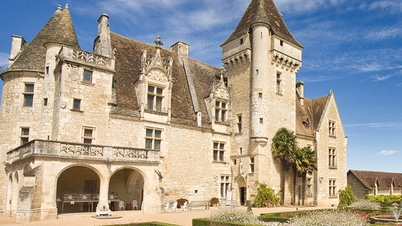
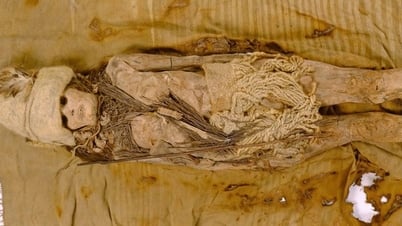







































































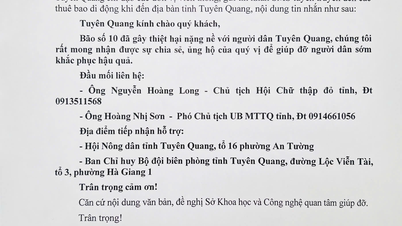
















Comment (0)